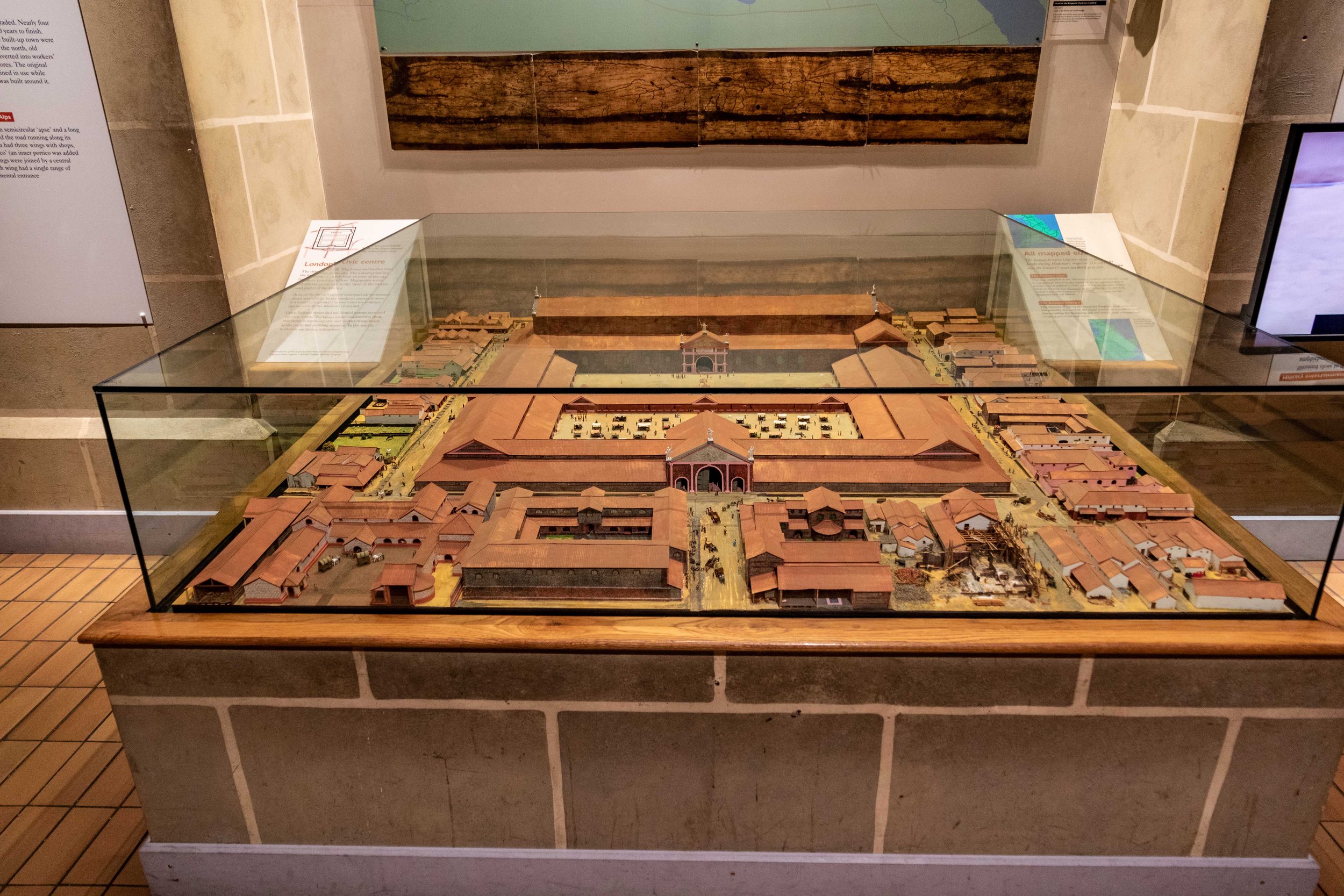Visiting London? The Museum of London, is one of the best museums in the UK and is free. (Part 1)
/Visiting London? The Museum of London, is one of the best museums in the UK and is free. You can see amazing objects from thousands of years of life in London, from a Mammoth tusk to a pilgrims badge representing a visit to St Thomas Becket’s tomb. You can get up close to those objects and see their little details. The displays are bright and informative. There are rooms set out as though they were from a Roman villa placing Roman finds in context. Several models are on display such as London’s Roman forum and Basilica as well as the original gothic St Paul’s Cathedral
Read More





























The Temple Church was the headquarters of the Knights Templar in London. The Templars have a fascinating history, have been linked to the “Holy Grail” and in modern times have featured in Dan Brown’s Da Vinci Code. In the film of book of his book, the key characters visit the temple in their quest to find the grail. In 1215 AD, it was the place that key negotiations for Magna Carta took place in the reign of King John. On stepping inside the Temple Church, eight effigies can be observed , one of which is William Marshall, known as “the greatest ever knight”.